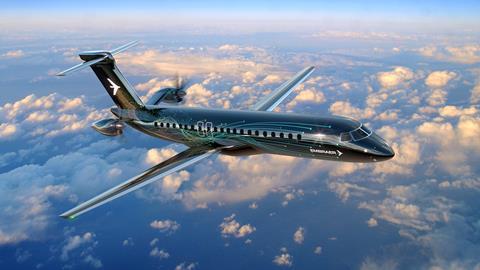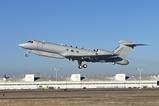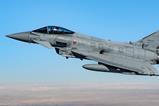Embraer will not rush to a decision on whether to launch its planned regional turboprop, after failing to secure sufficient buy-in from engine suppliers to bring the product to market later this decade, its commercial aviation chief says.
“We are disappointed,” says Arjan Meijer, following the Brazilian airframer’s decision to put its development effort on hold. “When we paused the programme a few months ago, there were some airlines that were disappointed,” he says.

“To have an aircraft in this segment in a two-and-two configuration with a much better and quieter cabin and better performance is really something that the market is looking for.”
However, he notes: “We had been very clear with the market that we would only launch this product if we can get the performance, cost, reliability and the fuel burn together in the right box.
“Unfortunately, with the engine technology available today, and the options that we had on the table from the OEMs, we’ve not been able to get to that point.”
Pratt & Whitney Canada and Rolls-Royce both offered existing engine products, which Meijer says “didn’t do it for us”. The UK propulsion supplier subsequently withdrew its interest, as part of a focus on business reform under new chief executive Tufan Erginbilgic.
“We don’t want to bring an aircraft to the market with very low fuel-burn but higher maintenance costs,” Meijer said during Embraer’s pre-Paris air show media tour in Lisbon, Portugal on 26 May.
The company has for the last several years explored the potential for a turboprop family with capacities of 70 and 90 seats. Embraer chief financial officer Antonio Carlos Garcia says the project would represent an investment of around $1.4 billion.
“We are still very eager to push this forward down the line, but we will be looking at newer technologies,” says Meijer, with these potentially including the use of hybrid propulsion. “We will take a bit more time with the engine manufacturers – we are talking to all of them,” he adds.
“There is no real timeline,” he tells FlightGlobal. “We could wait for several years. It is more [a question of] how long do the customers want to wait for an aircraft, but we don’t see anything else coming to the market in the next couple of years.
“We will not rush ourselves to do a product that doesn’t make sense,” he stresses.
Following the decision to pause the project, Meijer says Embraer’s earlier 2028 entry into service target for a new turboprop now will “slide to the early 2030s”.
Embraer chief executive Francisco Gomes Neto believes a 70- and 90-seat offering “would be right the one to open new markets – even in the US”.
He notes that the use of the fuselage barrel from the E-Jet E2 programme – with its two-by-two seating and large overhead luggage bins, plus aft-mounted engines – would provide “more comfort and less vibration to the aircraft”.
But to match this, Gomes Neto says, “We need a modern engine.”
Embraer also is exploring the development of lower-capacity hybrid-electric and hydrogen-powered concepts via its Energia programme.
Meijer notes that the company could look to re-engine a turboprop airliner family to operate on hydrogen from around 2045, as the aviation sector moves toward achieving a net-zero emissions target of 2050.































